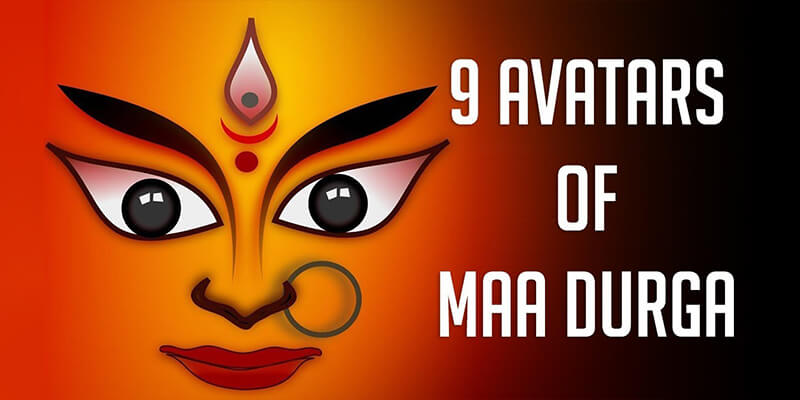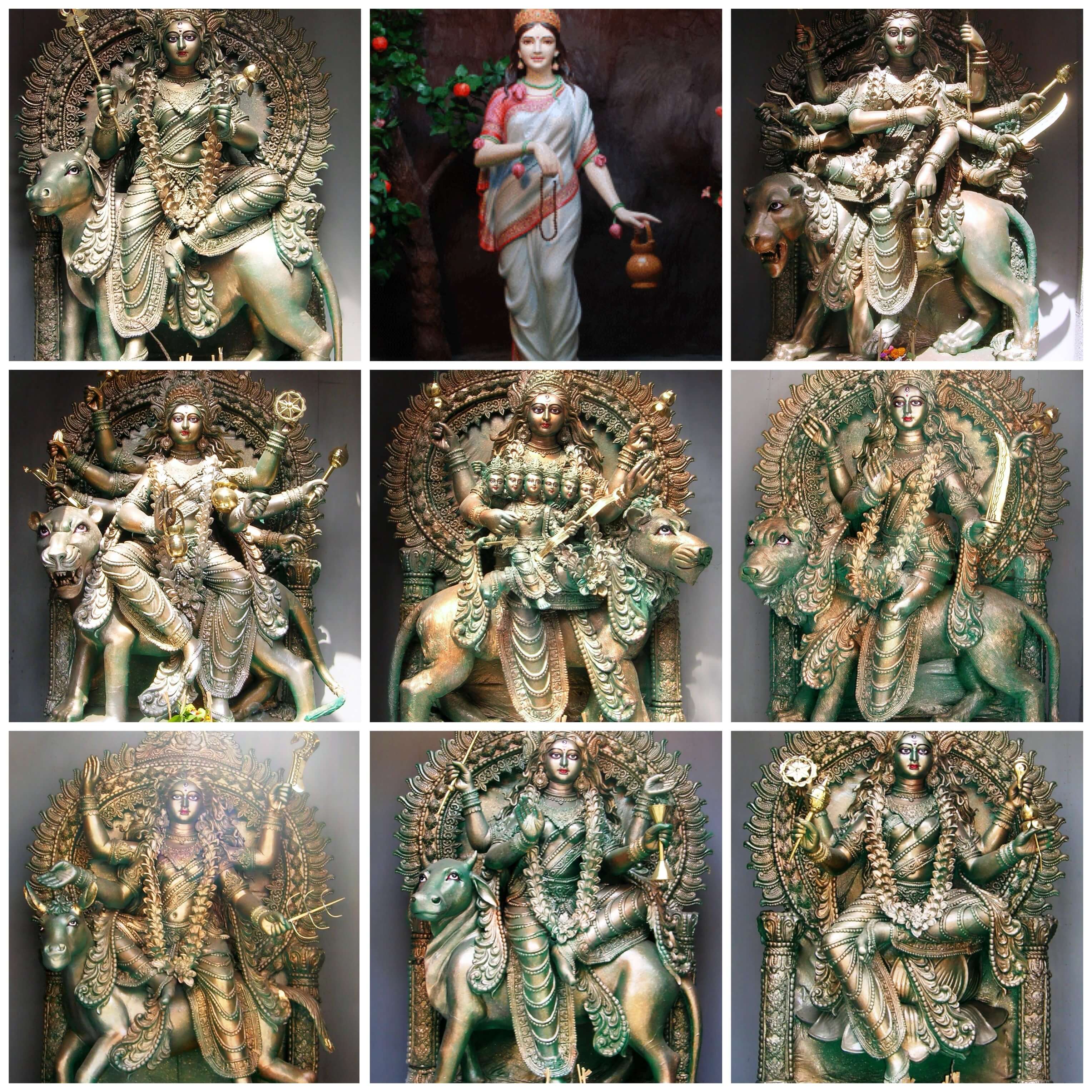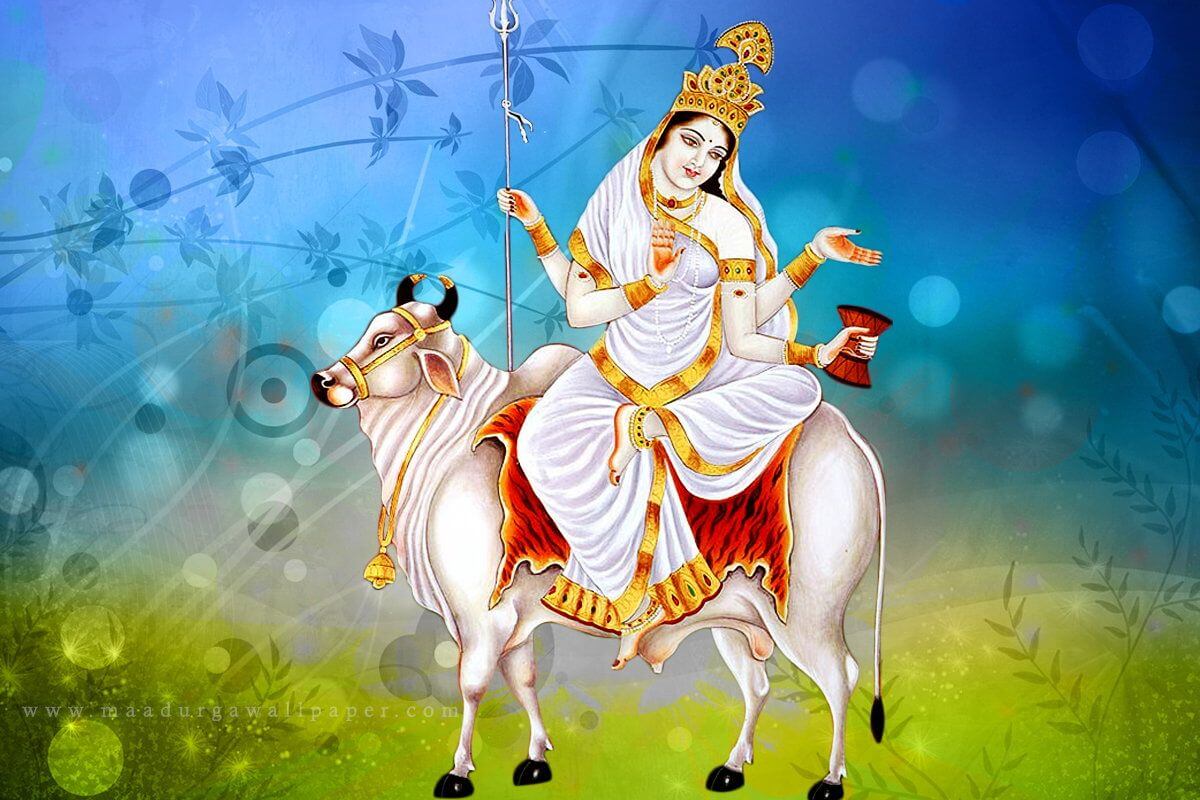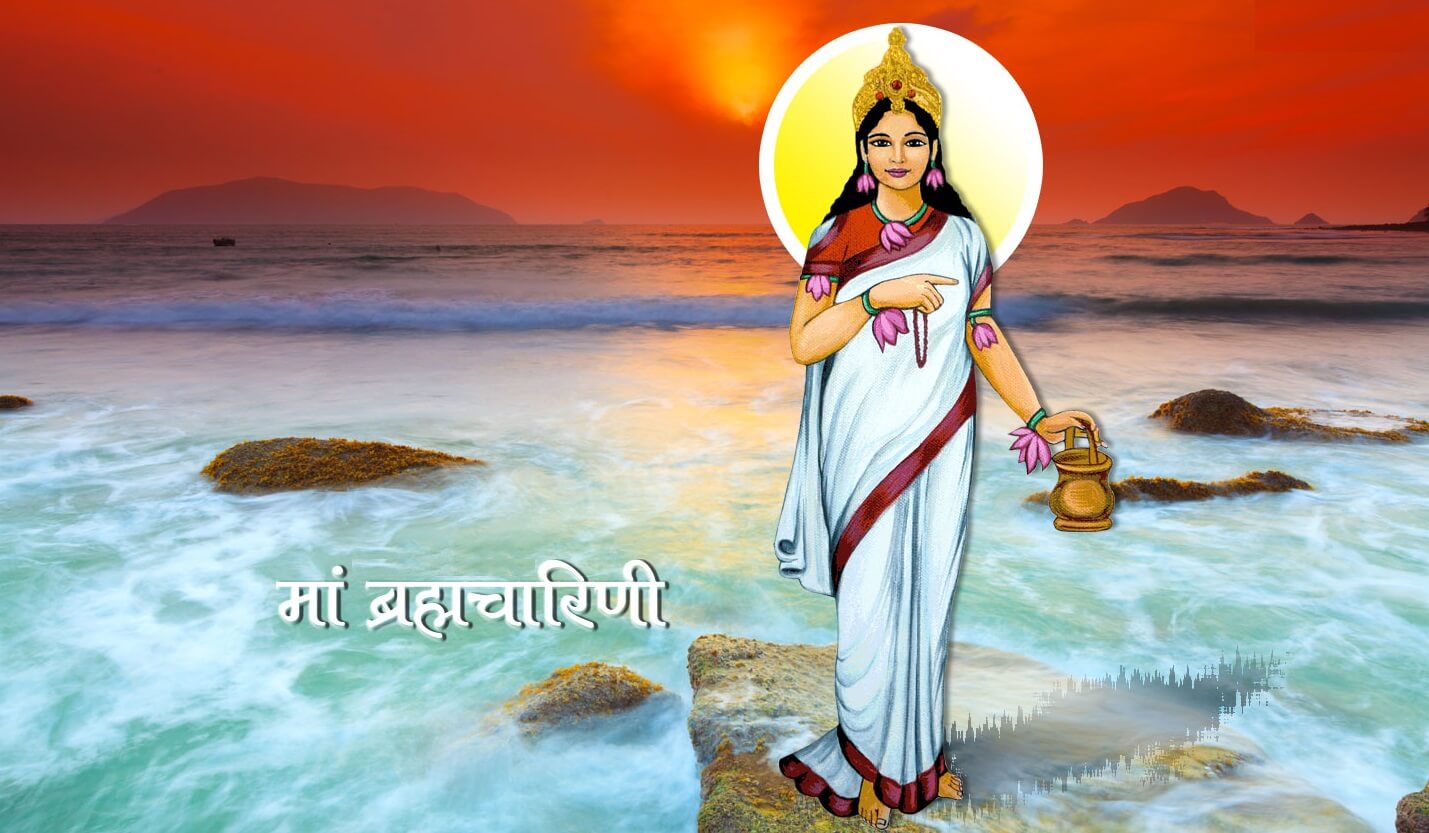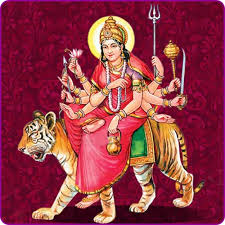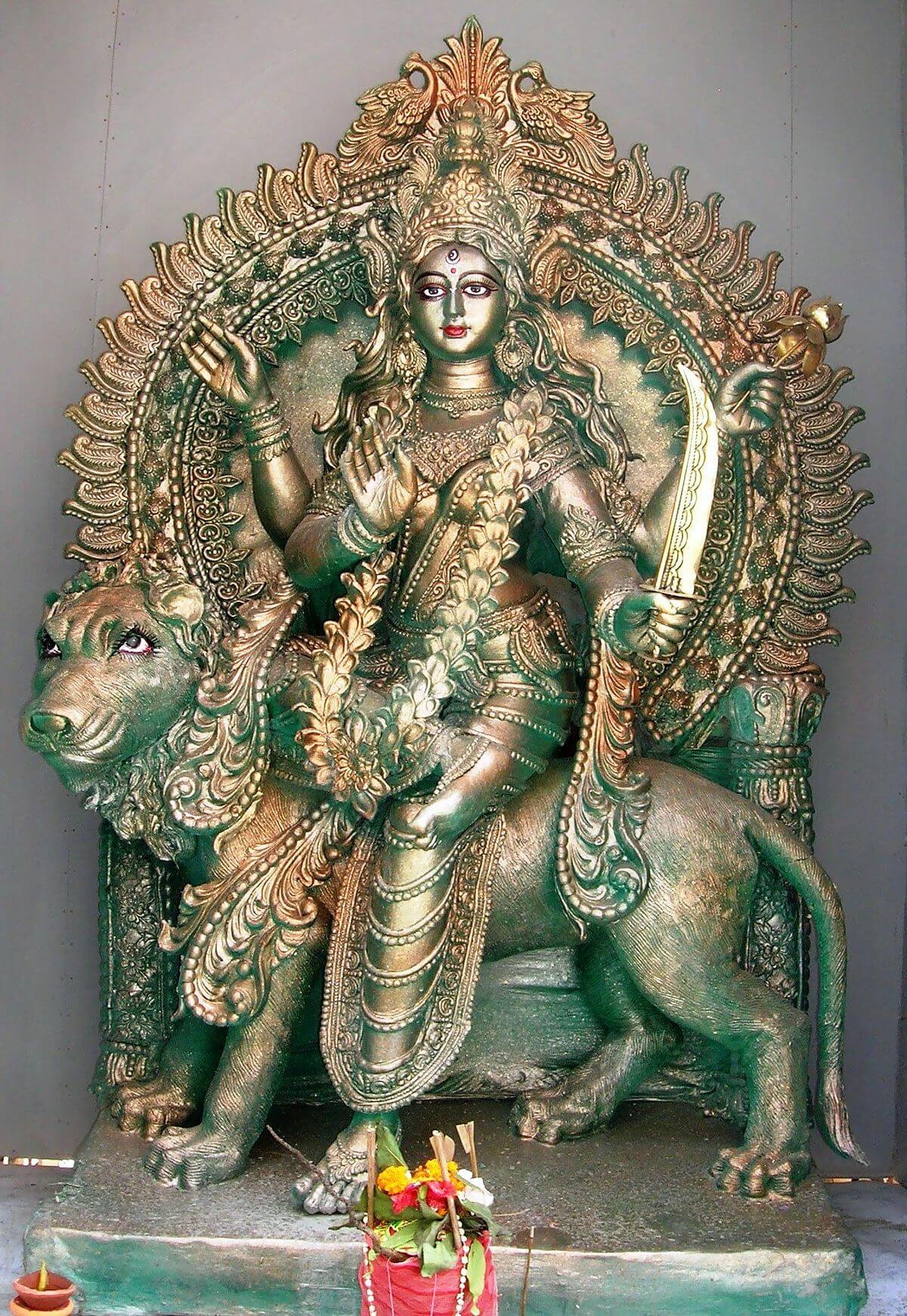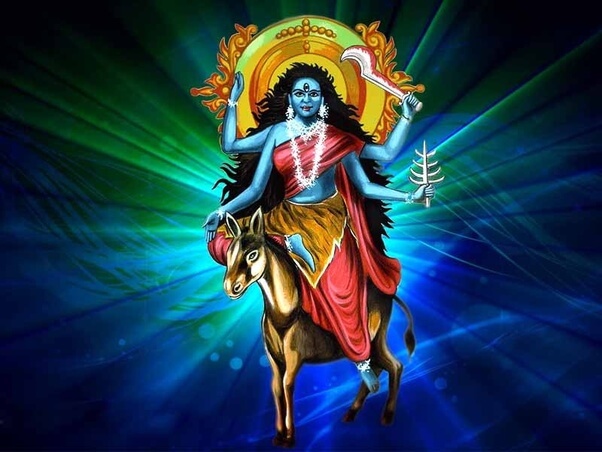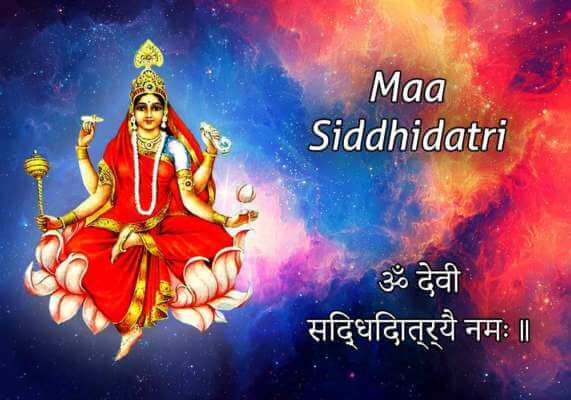Navaratri India’s Nine-Day Festival | Nine Forms of Feminine Energy
The word Navaratri means ‘nine nights’ in Sanskrit, Nava meaning nine and Raatri meaning nights. It means nine nights of the feminine goddess that are worshipped in our culture since ages.
Navratri is a nine-day festival that celebrates the nine forms of goddess Durga. On each day of Navratri, a special colour is worn that is dedicated to a goddess and holds special significance.
The tenth day is celebrated as Vijayadashami or Dussehra when the idols of Goddess Durga are immersed into the water body. This is what we know about Navratri. And this what we have been celebrating since ages. What I wish to convey form this video is my perception and my understanding of these nine days.
I’m a firm believer of Shiv and Shakti. Durga Ma is also a form of Shiv+Shakti.
Navratri – 9 days of Feminine energy, nine days of the feminine divine goddess. Durga, Laxmi and Saraswati are three dimensions of feminine energies. They also represent tamas rajas and sattva these are basic qualities of human existence and its elements.
- Tamas is the nature of the earth and literally means inertia
- Rajas mean passion
- Satva means breaking boundaries melting and merging
Navratri falls twice a year. Sharada Navaratri: the most celebrated of the four Navaratri, named after Sharada which means autumn. It is observed in the lunar month of Ashvin (post-monsoon, September–October). In many regions, the festival falls after the autumn harvest, and in others during harvest.
Vasanta Navaratri: the second most celebrated, named after Vasantha which means spring. It is observed in the lunar month of Chaitra (post-winter, March–April). In many regions, the festival falls after spring harvest, and in others during harvest
Read Navratri Festival | Gujarat Tourism | Travel Blog
https://spiritedblogger.com/navratri-festival-gujarat-tourism/
Let me tell you the nine forms of Goddess worshipped on all nine days.
Day 1 – Shailaputri
Known as Pratipada, this day is associated with Shailaputri (literally “Daughter of Mountain”), an incarnation of Parvati. Shailaputri is considered to be the direct incarnation of Mahakali. The colour of the day is red, which depicts action and vigour.
Day 2 – Brahmacharini
Goddess Brahmacharini, another incarnation of Parvati, is worshipped. In this form, Parvati became Sati, her unmarried self. Brahmacharini is worshipped for emancipation or moksha and endowment of peace and prosperity. Depicted as walking bare feet and holding a japamala and kamandal in her hands, she symbolizes bliss and calm. Blue colour depicts tranquillity yet strong energy.
Day 3 – Chandraghanta
Tritiya commemorates the worship of Chandraghanta – the name derived from the fact that after marrying Shiva, Parvati adorned her forehead with the ardhachandra (lit. half-moon). She is the embodiment of beauty and is also symbolic of bravery. Yellow is the colour of the third day, which is a vivacious colour and can pep up everyone’s mood.
Day 4 – Kushmanda
Goddess Kushmanda is worshipped on Chaturthi. Believed to be the creative power of the universe, Kushmanda associated with the endowment of vegetation on earth and hence, the colour of the day is Green. She is depicted as having eight arms and sits on a Tiger.
Day 5 – Skandamata
Skandamata, the goddess worshipped on Panchami, is the mother of Skanda (or Kartikeya). The colour of Grey is symbolic of the transforming strength of a mother when her child is confronted with danger. She is depicted riding a ferocious lion, having four arms and holding her baby.
Day 6 – Katyayani
Born to sage Katyayana, she is an incarnation of Durga and is shown to exhibit courage which is symbolized by the colour Orange. Known as the warrior goddess, she is considered one of the most violent forms of Devi. In this avatar, Kātyāyanī rides a lion and has four hands. She is a form of Maha Lakshmi
Day 7 – Kalaratri
Considered the most ferocious form of Goddess Durga, Kalaratri is revered on Saptami. It is believed that Parvati removed her fair skin to kill the demons Sumbha and Nisumbha. The colour of the day is White. On Saptami, the Goddess appears in a white colour attire with lots of rage in her fiery eyes, her skin turns black. The white colour portrays prayer and peace and ensures the devotees that the Goddess will protect them from harm.
Day 8 – Mahagauri
Mahagauri symbolizes intelligence and peace. The colour associated with this day is Pink which depicts optimism.
Day 9 – Sidhidatri
On the last day of the festival also known as Navami, people pray to Siddhidhatri. Sitting on a lotus, she is believed to possess and bestows all types of Siddhis. Here she has four hands. Also known as SriLakshmi Devi. The light blue colour of the day portrays an admiration towards nature’s beauty.
Read the next blog on how in different states of India Navratri is celebrated and it’s significance.
Well wait for the next blog, until then see ya! KEEP READING & SMILING
Author page: amazon.com/author/shivigoyal
Get diaries, journals, notebook and accessories:
……………………………………………………..
Connect On Social Media
Web – www.spiritedblogger.com
Facebook @spiritedblogger
Instagram @authorontravel
Instagram @mystopedia_creations
YouTube @spiritedblogger
Goodreads @shivigoyal
For sponsorship and collaboration mail – spiritedblogger707@gmail.com
Contribute by purchasing books and artwork. Drop an email for the same, or go to the link given.

